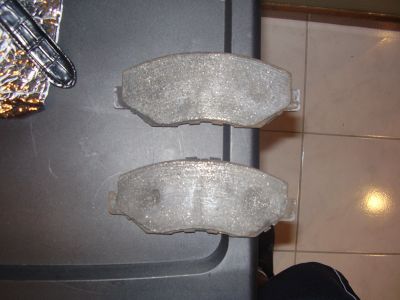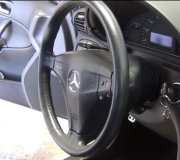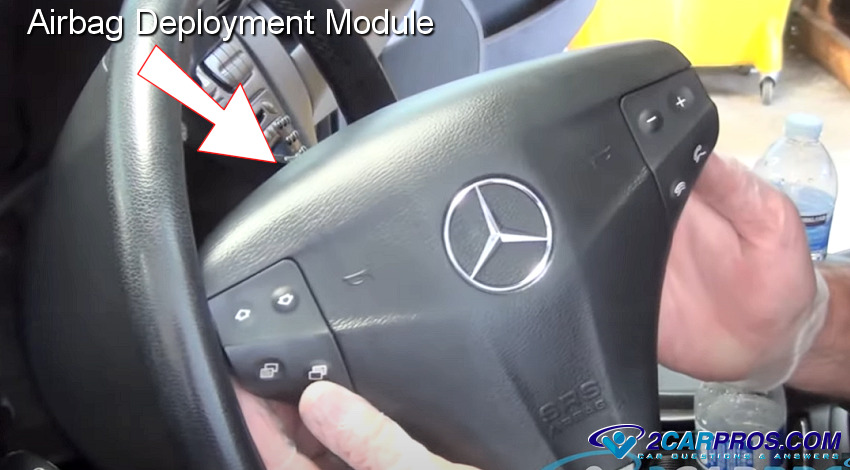"Very often it will become quiet or louder when turning a little such as when changing lanes. The noise will resemble an airplane engine."
If your car uses pressed-in wheel bearings, the noise will get louder when you change lanes away from the bad bearing. If you turn toward the left lane and the noise gets louder, it's the right bearing. It gets louder because of the weight transfer onto that side of the car. You can also jack the front end up, run the car in gear, then listen next to each bearing with a stethoscope. Sometimes it's hard to tell that way because there is no weight on the bearing.
Some cars use easily replaceable but more expensive bolt-on bearing and hub assemblies. It is impossible to tell which one is making the noise with a test drive. It is REAL common for the sound to come from the right side, (for example), get louder when turning left, and it ends up being the left bearing. The good news is if you change the wrong bearing, you can put the old one on the other side of the car. Pressed-in bearings must be destroyed to remove them. To know for sure which bolt-on bearing is causing the noise, you must listen with a stethoscope.
An alternative to the stethoscope is to use a "chassis ear". That is a set of microphones that are clipped on near the suspected causes of a noise, then you drive the car and listen with headphones while switching between the different microphones. Moving the microphones around until you find the loudest point will help in finding the cause of the noise.
Don't expect the noisy wheel bearing to have looseness or free play in it. Once the noise starts, it can go on like that for years before it wears loose enough to detect by wiggling the tire. The noise is coming from a rough wear pattern on the rolling surfaces of the ball bearings. This can be caused by a hard impact such as hitting a curb, but it will take a while to show up. Normal wear due to age is the most common cause, but another often overlooked cause is supporting the vehicle's weight on the wheel / tire while the axle nut is loose. The bearing is held together by the outer cv joint housing and axle nut. It's not even necessary to move the car with the nut loosened or removed. Simply putting weight on it is all it takes to make it noisy. This is one common problem do-it-yourselfers cause if they aren't aware of it.
You don't have to have the engine running when looking for a stuck brake caliper. You can do the same thing by jacking up the front of the car and looking for which wheel you can't turn by hand. If opening a bleeder screw releases the brake, it is because fluid was trapped and couldn't make its way back to the reservoir. You can do the same quick check in a sloped parking lot OR, you can get up and try to push the car by hand each time you open a bleeder screw. The reason for the tire block a few inches ahead of one tire is to give the car a chance to move so you'll know when the stuck brake released, without the inconvenience of jumping up and chasing the car down the hill! A slight incline is sufficient. You don't have to park on a steep hill. This trick works well for stuck parking brake cables too.
I suspect you are going to find you simply have a locked-up front caliper for a couple of reasons. First, petroleum contamination of the brake fluid does not seem probable. Other than the occassional owner pouring power steering fluid into the brake fluid reservoir, two common causes of contamination are using oily fingers to reseat the bladder seal in the cap, and wiping out a funnel used for engine oil or transmission fluid, then using it for brake fluid. The slight residue of petroleum product in the funnel is all it takes.
To prove to my students how extremely important it is to keep the brake fluid clean, I put two wheel cylinder lip seals in two glass beakers partially filled with brake fluid. To one I added a single drop of engine oil and stirred it up. After one week, the second seal had grown by about 10 percent and was very soft and mushy compared to the seal in clean fluid. The rubber composition of brake parts is not compatible with any petroleum-based product.
As soon as you press the brake pedal in your car, the first thing the moving seals in the master cylinder do is move past the fluid supply ports blocking them and trapping the fluid. Continuing to move the pedal and seals is what pressurizes that trapped fluid and sends it to the wheels. When the contaminated seals in the master cylinder grow, they expand past those ports and keep the fluid trapped. When you apply the brake, heat is generated and transferred to the fluid which heats up and expands. Normally the fluid would just expand up into the reservoir, but since it's trapped and can't release, it keeps the brake applied. That generates more heat, the fluid expands some more, and the cycle continues until the brake is stuck so badly, the car won't move or a plastic wheel cover melts. The ONLY acceptable repair for this problem is to replace every rubber brake hose and every component that has rubber o-rings or seals in it. The steel lines must be flushed and dried too. Any rubber part that is overlooked will leach cotaminants out into the new fluid and the new parts will again be contaminated. This includes calipers, rear wheel cylinders, combination valve, master cylinder, reservoir, and cap, hoses, and heaven forbid, the anti-lock brake hydraulic unit if you have one.
Some manufacturers support the middle of the front hoses with a tough steel strap that's crimped around the hose. Rust buildup eventually squeezes the hose closed. Fluid can be forced through it with heavy pedal pressure, but it can't release properly. That's an instance where opening the bleeder screw will release that caliper and send the car rolling. I think your car uses a metal bracket with a rubber grommet to support the middle of the front rubber hoses, so hose constriction is not a very likely possibility. For that reason, I suspect you have nothing more wrong than a stuck caliper. If that is indeed the case, opening the bleeder screw will not release it. Additionally, brake fluid will flow freely out of the bleeder screw if the reservoir cap is loose. That is proof too that fluid contamination is not likely. The cap usually must be loose because fluid leaving the reservoir will cause a vacuum buildup that prevents the fluid from flowing.
You should be able to easily pry the pistons back into their calipers with a flat-blade screwdriver. If you can't unless the bleeder screw is opened, fluid is trapped and can't release back to the reservoir. If the piston won't move, regardless of the bleeder screw being opened or not, it is stuck due to dirt or rust buildup on the sealing surface of the piston. We used to rebuild them as part of most brake jobs, but today a professionally rebuilt caliper with a warranty doesn't cost much more than the kit to rebuild one yourself. It's a good idea to replace both calipers at the same time to insure even stopping forces.
Every manufacturer recommends a specified interval for flushing and replacing the brake fluid but no one does it. It's normal for fluid to turn a dark brown color from being hot. That alone doesn't affect its performance, but it suggests it has been in the system a long time. Moisture works its way in past lip seals and believe it or not, through the pours in the rubber hoses. Moisture will lead to corrosion of metal parts and it will reduce the fluid's boiling point from over 400 degrees F. To 212 degrees. When the fluid gets hot, the moisture will boil and form compressable bubbles. That's a major cause of brake fade and repeatedly finding air in the hydraulic system with no obvious indication where it's coming from. Containers of brake fluid should always remain sealed when not being used to prevent the fluid from absorbing moisture from the air. For your symptoms, replacing the brake fluid will not solve anything, but it could delay the onset of future corrosion-related problems. It's cheap insurance that is done unwittingly when replacing parts in the hydraulic system, (such as calipers).
As long as I'm covering everything I can think of, I might as well include one more seldom-known tidbit. Under normal operation, the brake pedal never goes further than halfway to the floor. That moisture in the fluid causes corrosion and debris to build up in the bottom halves of the two bores in the master cylinder where the pistons and seals don't normally travel. Anything that causes the brake pedal to go to the floor will run the lip seals over that crap ripping them. That results in internal leakage and a pedal that sinks to the floor when the brakes are applied. It is real common for do-it-yourselfers and beginning students to push the pedal all the way down when bleeding the hydraulic system. Before they ever touch a car, I warn them to pretend there's a block of wood under the pedal, and NEVER push it past half way. Customers can push the pedal too far when they're surprised by a sudden leak such as a popped rubber hose or a rusted steel line. As a mechanic, I always explained what could have happened to their master cylinder and that a new one might be needed along with the replacement for the leaking part. It's better to be warned and prepared up front than to fall into the "since you have your wallet open, you also need, ... " Syndrome.
Caradiodoc
Thursday, February 21st, 2019 AT 1:08 PM




